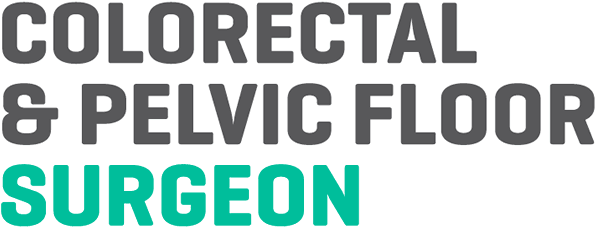- Abscess Incision and Drainage
- Advancement Flap Repair
- Anal Bulking
- Anal Tattooing
- Botulinum Toxin Injection
- Colectomy
- Delorme’s Procedure
- ELAPE Procedure
- Femoral Hernia Repair
- Fistulotomy
- Haemorrhoidectomy
- HALO-RAR Procedure
- Inguinal Hernia Repair
- Intersphincteric APR
- Lateral Internal Sphincterotomy
- Low Anterior Resection
- Pelvic Organ Prolapse
- Perineal Rectosigmoidectomy
- Rectoanal Repair
- Rubber Band Ligation
- Stapled Haemorrhoidopexy
- Stoma Creation
- Stoma Reversal
- Transanal Rectocoele Repair
- Umbilical Hernia Repair
Lateral Internal Sphincterotomy
Lateral internal sphincterotomy is a surgical option for an anal fissure that has not healed using conservative and/or medical treatments. The procedure works by reducing anal sphincter pressure and thus improving blood supply to the fissure. It is an excellent treatment for anal fissures, with 19 in 20 people having complete resolution of symptoms.
The operation does cut anal muscle, which is permanently lost. This has no effect in most people, but one in 20 people do have minor faecal incontinence after the operation. In some this improves, but in others it is permanent. The form of incontinence is minor soiling in the underwear. For this reason, this operation is done mainly in men with excellent anal muscles. Only occasionally is it considered in women. You will have the opportunity to discuss fully all the risks and benefits of the operation with me before signing your consent form.
Lateral internal sphincterotomy is performed as anopenprocedure and involves making a small cut in the internal anal sphincter muscle to decrease the tension in your anal canal. This reduced tension improves the blood supply and allows superior healing of the anal fissure. The whole procedure takes approximately 15 minutes.
This procedure is done on a day-stay basis under general anaesthesia, where you will be asleep and feel no pain. You will need to fast from midnight on the night before if your surgery is scheduled for the morning, or from 7 am if it scheduled for the afternoon.
No special bowel preparation is necessary before your procedure, unless you are also having a colonoscopy in the same sitting. You will receive an enema one hour or so before your surgery unless your anal pain is severe.
You will be given an injection of local anaesthetic before you leave the operating theatre to keep you pain-free in the 6 hours after your surgery. After the operation you will be transferred to the recovery area and then to the ward. You should be able to go home the same day, but sometimes patients may need to stay longer. You should not drive after your surgery, so a friend or relative will need to take you home.
You are likely to feel some pain after your surgery when your local anaesthetic wears off. This will get better and may take up to 4 weeks to resolve completely, but is usually less than anal fissure pain. It is important to keep your bowel movements soft and regular during this time. To prevent constipation, eat foods high in fibre, and drink plenty of water (6–8 glasses a day). Analgesia and laxatives will be given to you to take home. It is best to keep up with these until your bowels are moving and any discomfort is manageable. Laxatives may need to be continued for up to 4 weeks after surgery.
You can expect minor bleeding after your surgery. A sanitary towel changed twice daily will help to prevent staining of underwear. Generally, use water to wash the anus twice a day and after every bowel movement.
Exactly when patients can resume driving after this type of surgery is determined on a case-by-case basis. This is usually 1-2 weeks, but will be discussed with you after your surgery. Please let your insurance company know when you have been given the all-clear to resume driving.
Patients are usually able to return to normal activities, including going back to work, 1–2 weeks after a lateral internal sphincterotomy. The majority of fissures treated by this procedure are fully healed within 2–4 weeks.
A follow-up appointment in the clinic will be arranged in 1–2 weeks after your surgery to check your wound and discuss further management if necessary.

